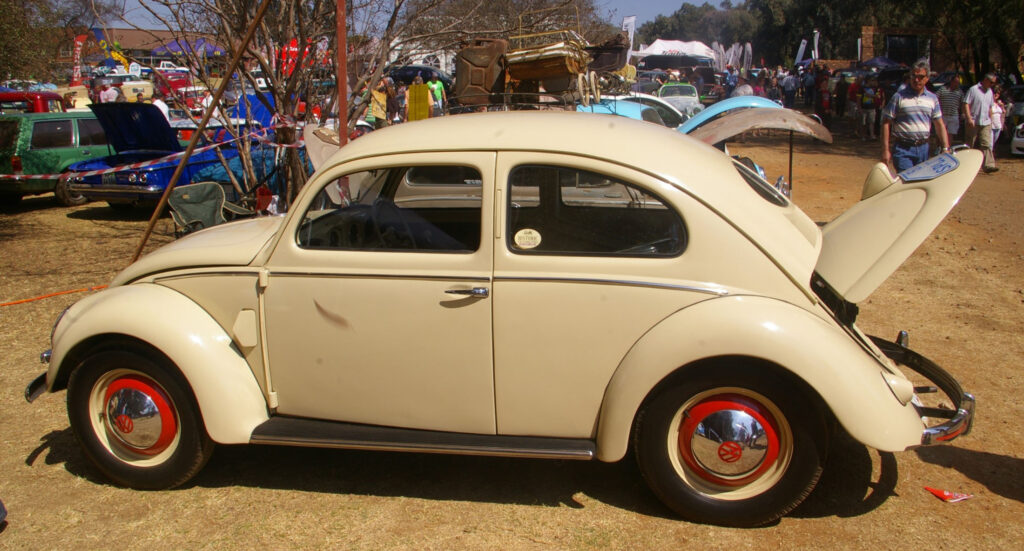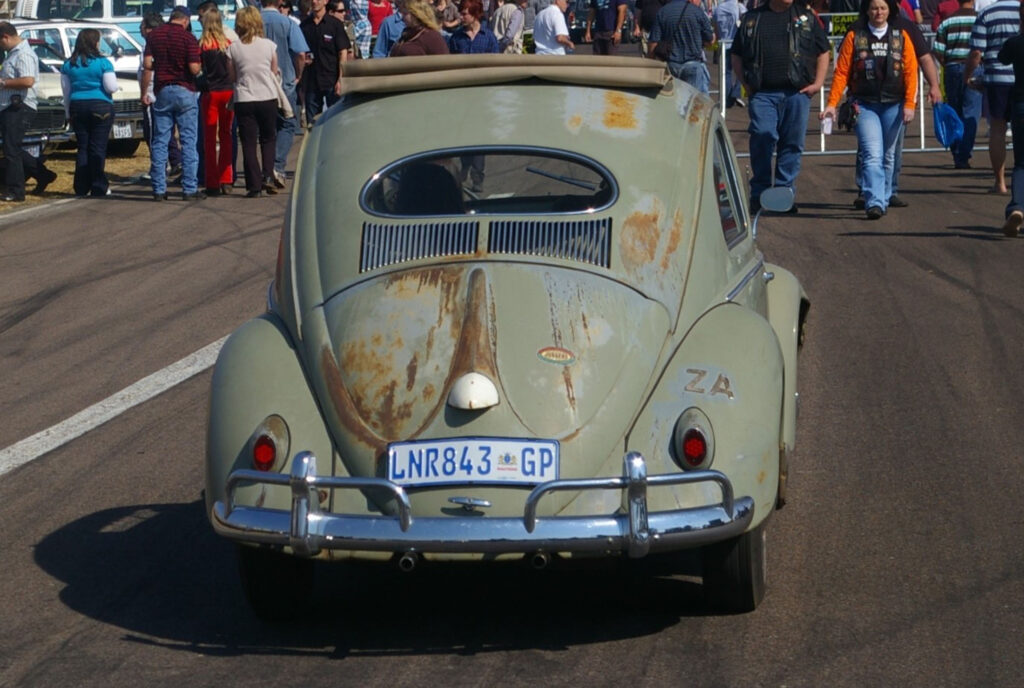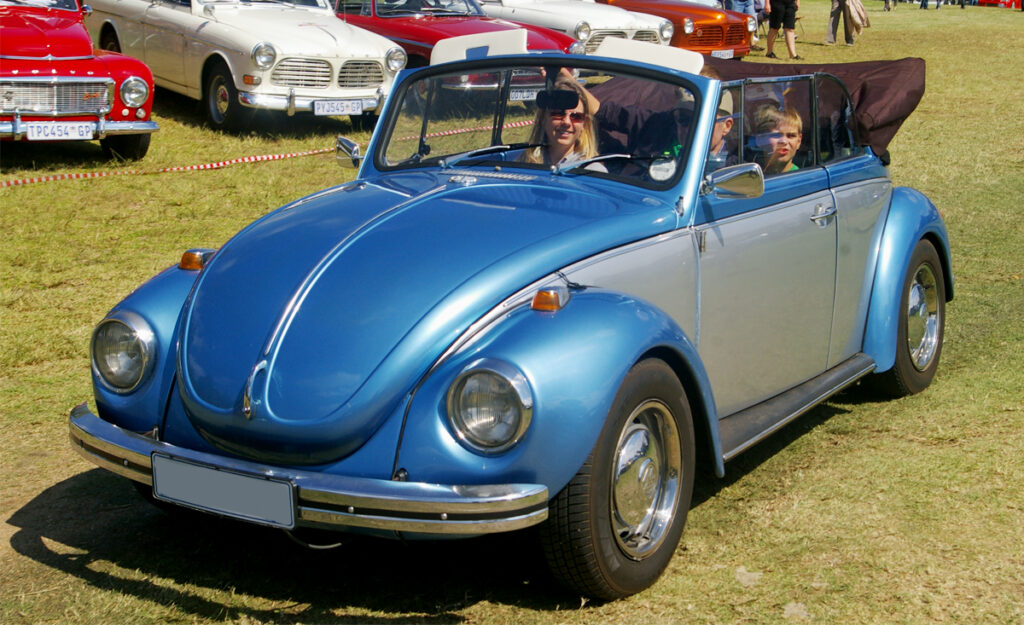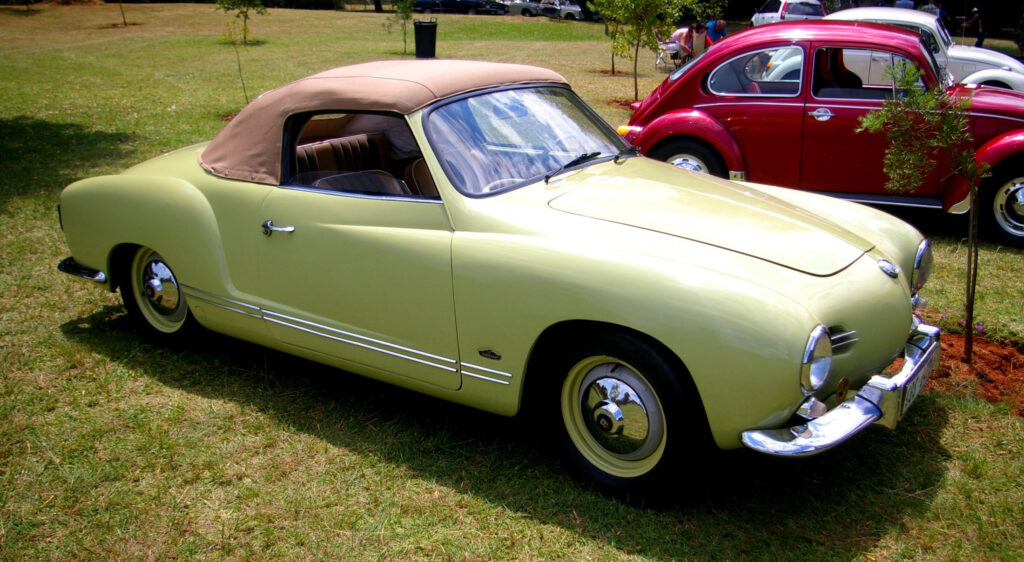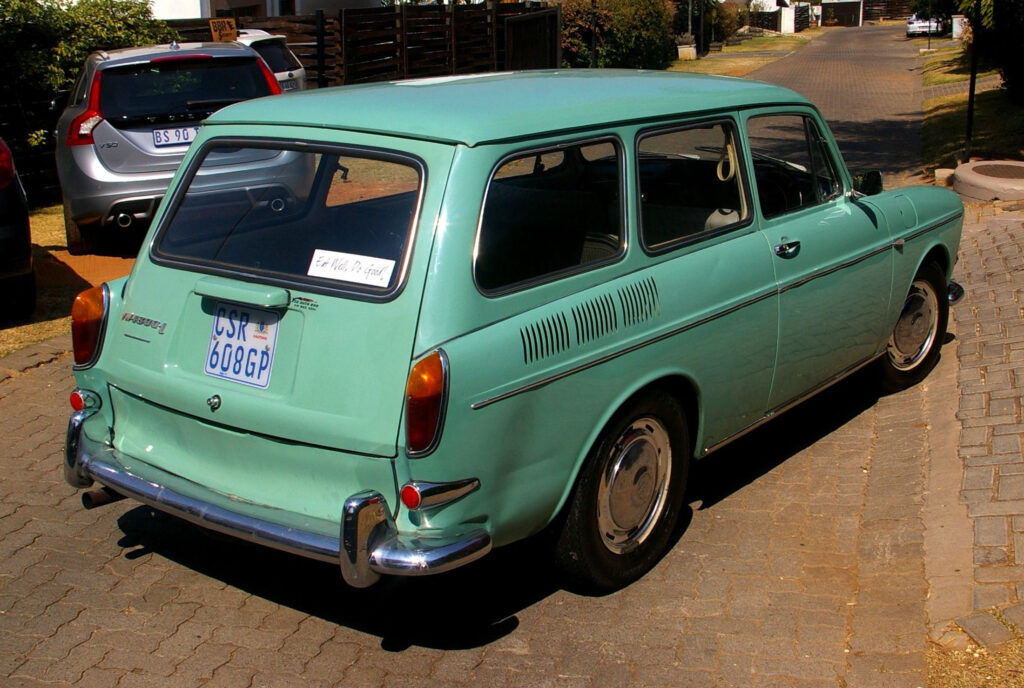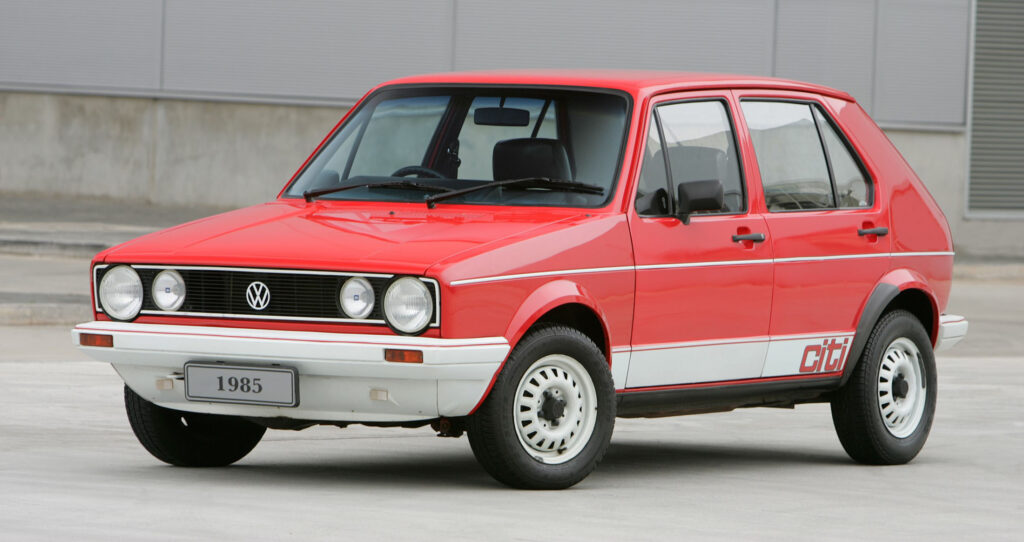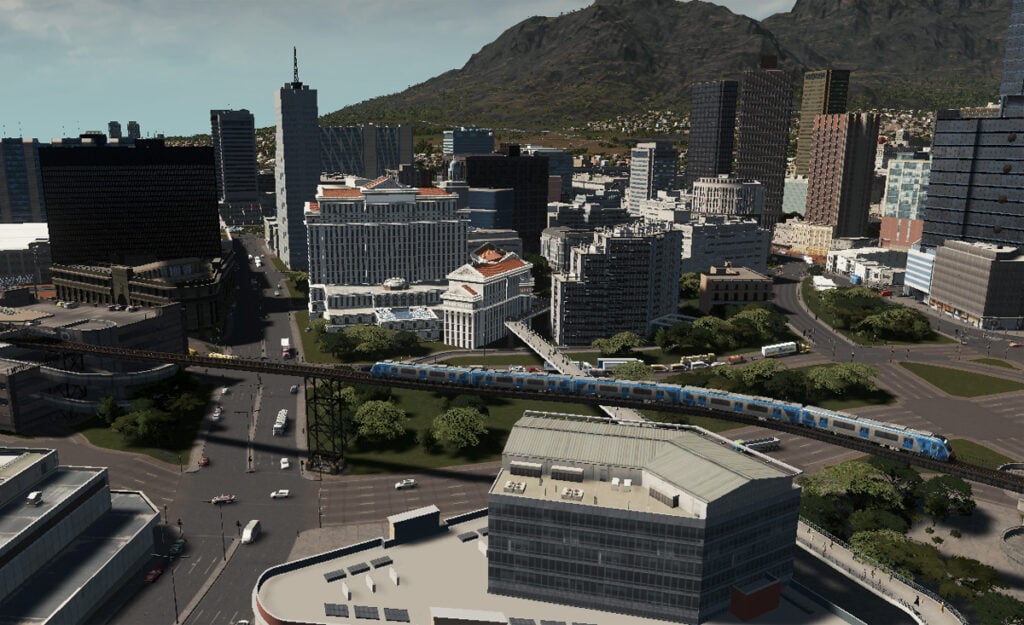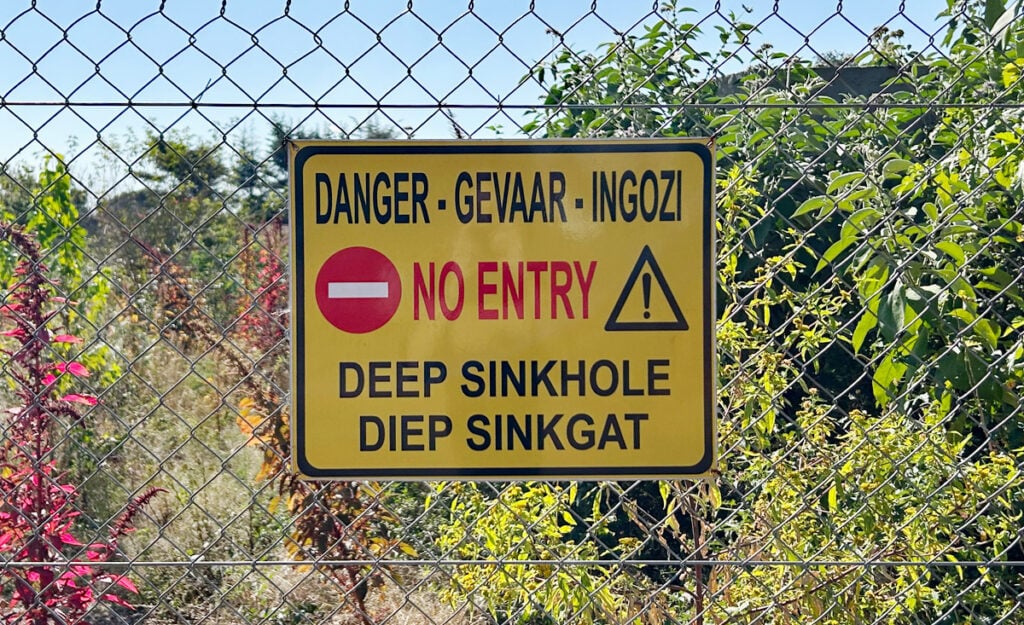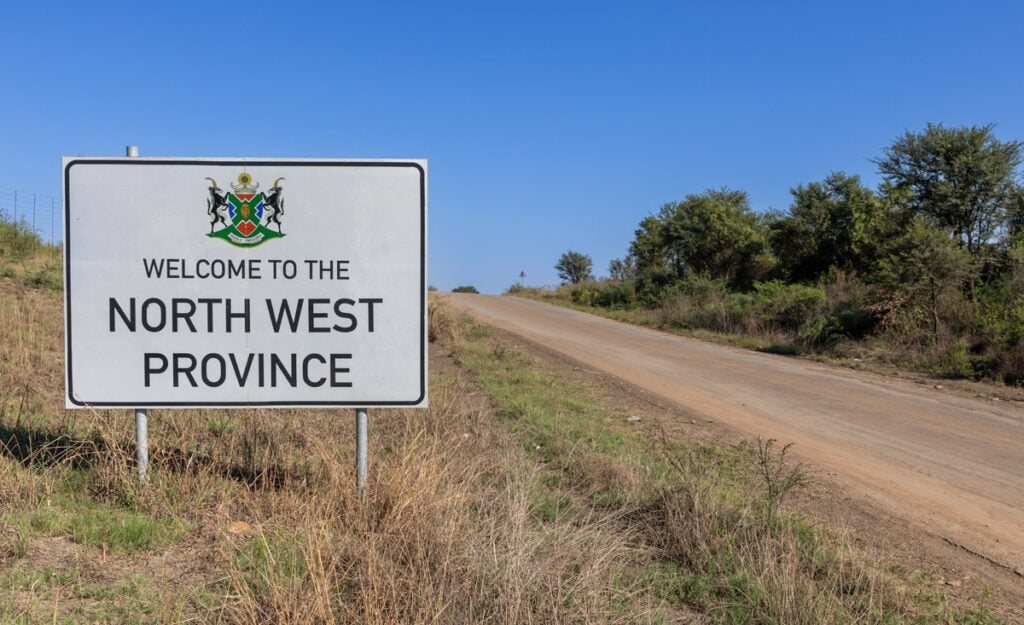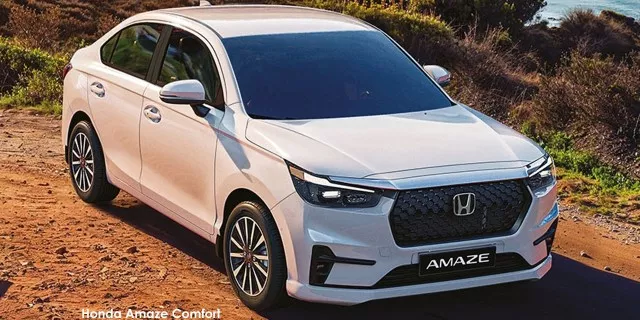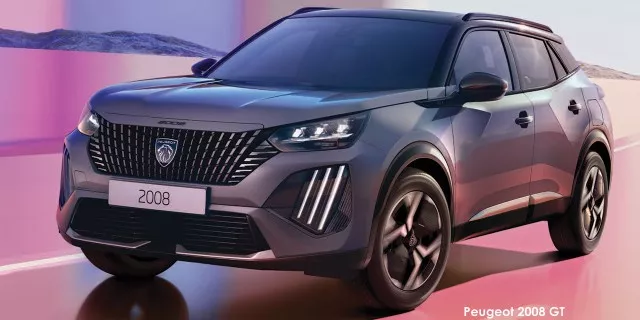Vintage VWs on show in Johannesburg this Sunday – Spotter’s guide
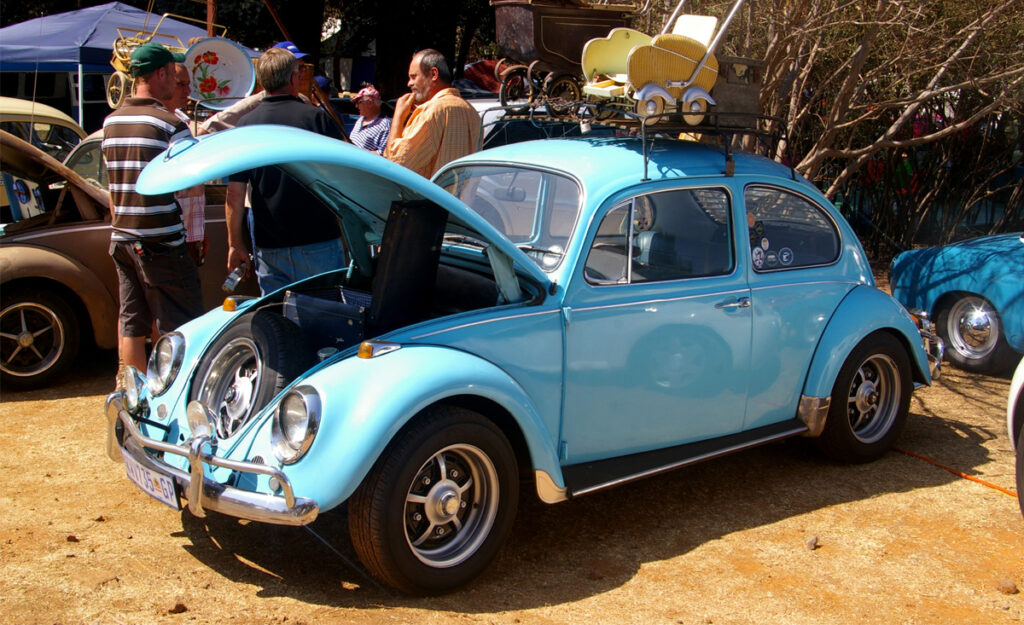
This Sunday, 3 July, the Nasrec Expo Centre near Johannesburg will be the host of the 2022 edition of The Classic Car Show.
Vintage VWs will be the main theme of the day, with a “huge variety of Beetles, split-window Kombis, Karmann Ghias, Type 3 Squarebacks and Fastbacks, and perhaps an even wider array of Golfs” to be expected, said the event organisers.
A “mouth-watering display” of muscle cars, British and Italian classics, as well as customised American bakkies will also be on show.
“As in the past, the emphasis will be on family entertainment and there will be many activities including live music, drifting, a flea market, and affordable helicopter rides,” said the organisers.
Ticket prices for the event will be as follows:
- Adults – R80 (R60 if booked through Computicket)
- Children under 12 – R20
- Drivers of genuine classic cars and one passenger – Free
The show will run from 08h00 in the morning until 16h00 in the afternoon on Sunday 3 July.
VW spotters guide
The event organisers have put together the below VW spotters guide for anyone looking to make the most out of 2022’s The Classic Car Show.
These cars are a must-see for VW fans and car enthusiasts alike, and are all expected to be in attendance this Sunday.
Split-window VW Beetle (1951-1953)
The split-window Beetle is the first variant of the best-selling hatchback to be built in South Africa, starting in 1951.
These models are known for their thin bumpers, usually without over-riders, and feature a split-window at the rear.
Oval-window VW Beetle (1954-1957)
The oval-window Beetle replaces the split-window of previous generations with a solid, oval-shaped panel at the rear.
These were often faked on the aftermarket by enthusiastic owners but can easily be identified by the long cooling slots below the window, which are longer than most fakes.
1958 VW Beetle
The first Beetle to feature a larger rear window and the last to come with traffic indicators on the B-pillar.
1966 VW Beetle
The first 1,300cc Beetle to be built, following the 1,100cc in the early-generation models and 1,200cc shortly thereafter.
1967 VW Beetle
For roughly six months in 1967, the Beetle was produced in Uitenhage, South Africa with disc brakes, but these brakes were dropped soon after production started as they were too expensive for the local market.
These VWs are spotted by their flat hubcaps and steel wheels with cooling slots.
1968 VW Beetle
This generation of Beetle saw new squared-off bumpers and a 1,500cc heart, with more upright front lights than earlier variants.
“Many Beetle enthusiasts rate the 1,500 engine as one of the best ever, superior to the later 1,600,” said the show organisers.
1,600cc VW Beetle (1970-1974)
First appearing in 1970, the 1,600cc Beetles came with single-port engines which would soon thereafter be replaced by twin-port units.
In 1974, a big change came in the form of larger tail lamps, and these remained a permanent fixture until production of the VW in South Africa wrapped up in 1979.
Special VW Beetles
Two special-edition Beetles are expected to be at this year’s event and are worth keeping an eye out for.
One is the 1955 Beetle SP, known as a “hot” twin-carb version with 14-inch Rostyle wheels and a special exhaust system.
The other takes the form of a 1975 “Superbug” with a curved windscreen, padded dashboard, and 15-inch wheels.
VW Kombi (1955-1990s)
The popular Kombi first came onto the scene in 1955 with a split front windscreen, fondly referred to as the “Splittie”, these being among the most highly sought-after Kombis today.
The second-generation minibus, the “Clipper”, featured a 100cc-larger engine at 1,600cc and was available in minibus, minivan, and pick-up forms. This model later gained the nickname “Bay Window Kombi” due to its rounded windscreen.
In the 70s, a new “Splittie” was unveiled known as the “Fleetline” spec, followed by a third-generation VW Kombi in the 1980s which offered the most powerful motors of between 1,800-2,500cc.
VW Karmann Ghia (1955-1974)
The VW Karmann Ghia was based on the Beetle’s underpinnings and offered a sportier body, making its appearance in 1955.
The first units to reach South Africa were in 1957 and were known as “low-light” Ghias due to their lower headlights and smaller front intakes than the models from other markets.
The Ghia was exclusively offered in left-hand drive until 1960 when a few right-hand-drive Ghia Type 3 specifications made their way from Germany to our shores.
It is estimated that fewer than 500 of these VWs were ever imported to South Africa.
VW Type 3 (1962-1969)
The third distinct VW product to be produced in South Africa was the VW 1500.
Initially, this vehicle was offered in a three-box design but was later adapted to be a station wagon which proved to be very popular. A 1,600cc Fastback model was also introduced in 1969.
The Type 3’s engine design differed from the Beetle’s with its horizontally-mounted fan, but it was otherwise very similar.
VW Golf (1978-2005)
The first Golfs appeared in South Africa in 1978 in 1,100cc form and soon also in 1,300cc. They came in two and four-door guises and quickly became popular despite early models suffering from overheating issues.
The Golf 1600 GTS was the performance model of the time, replaced by the legendary Mk1 GTi 1800 in the 1980s.
The early 1990s saw the launch of the Golf 3, followed by the Golf 4 later that same decade, and the Golf 5 in 2005.
“A huge array of Volkswagen Golfs will be on display in the Germany vs Japan display,” said The Classic Car Show organisers.
